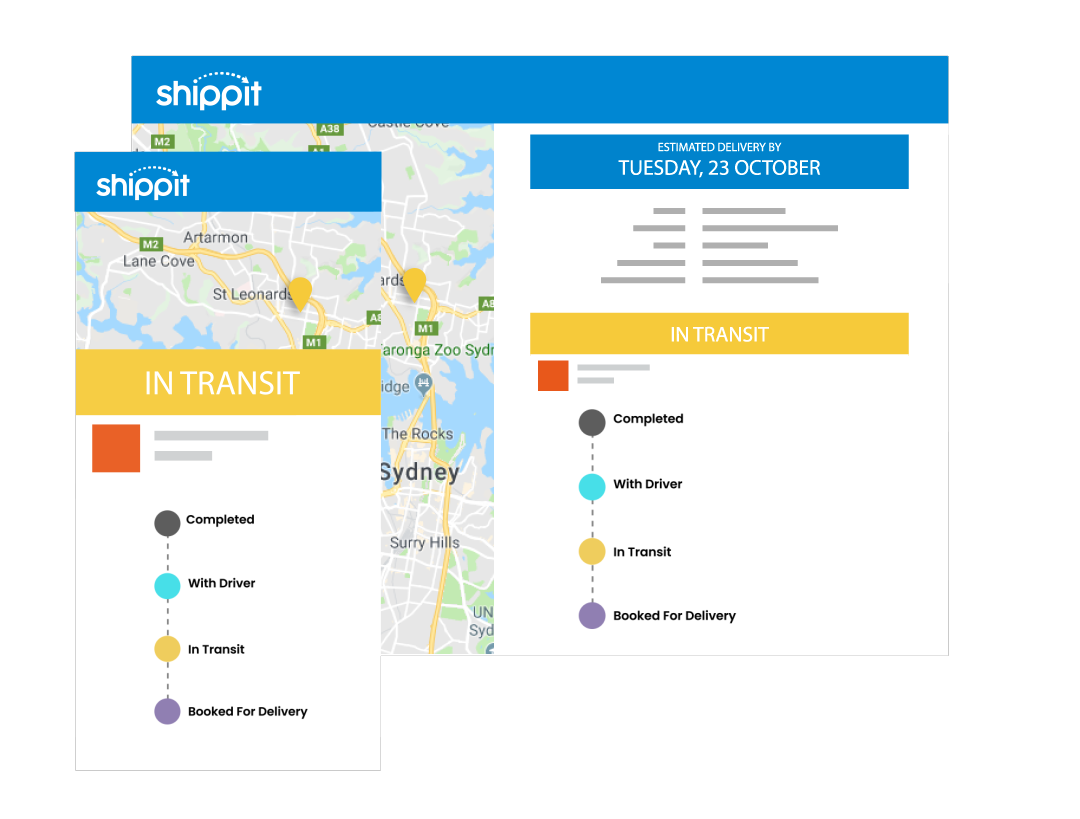Despite our best efforts to remain invincible, mistakes happen and customers will inevitably complain. But if dealt with patiently and empathically, customer complaints can actually be good for your business.
Hear us out.
We know that customer service can be a key differentiator when it comes to driving brand loyalty, and that building loyal customers increase their lifetime value, which in turn will help your business grow.
So, by viewing customer complaints as an opportunity to deliver an outstanding customer experience, you can help your business thrive. In fact according to the ‘service recovery paradox,’ the complaining customer may become more loyal, after receiving outstanding service regarding their complaint, than they were before they had a complaint to make.
There are a number of approaches that’ll enhance their perception of the situation and determine the success of the customer experience overall.
Approach 1: Understand their position
Customer service 101: get to the customer complaint quickly, remain empathetic, understanding and polite. Put yourself in their shoes, acknowledge their frustrations and get to the bottom of why the issue has caused them to feel this way.
It’s crucial to get to the root cause of the complaint early on; let the customer talk, be a good listener (according to Neil Patel offering a resolution before hearing your customer out, can cause more aggravation), and offer a genuine apology.
Studies showed that offering an apology, along with a resolution leads to a 74% customer satisfaction rate. Shopify suggests taking this one step further by becoming an advocate for the customer’s complaint, championing the concerns and actively identifying solutions.
Approach 2: The art of positive language
Also referred to as ‘Experience Engineering’, this approach means that, although the outcome may be the same (for example store credit, or free delivery on a replacement item), the language that is used to offer that outcome means the customer feels more positive about their experience.
According to Shopify, the crux here is three language-based strategies:
- Positive language: focusing on what you can do, and not what you can’t
- Advocacy: show that you’re on their side
- Anchoring: make the outcome more appealing by comparing it to a comparatively worse situation
And with regards to refunds; use sparingly. Unless specifically and unequivocally requested, a refund won’t make your customer happier for two reasons; 1. They don’t have the item they originally bought 2. Their original issue hasn’t been resolved. This is a fast (and expensive) way to ensure a customer won’t come back to your store.
But…never say never, have a refund policy in place and if it means the difference between quibbling over a few bucks, then, by all means, go ahead.
Approach 3: Social media complains about etiquette
In a world of review sites and social media, it’s easier than ever for customers to share their experiences, so resolving a complaint before it escalates is essential to ensuring your eCommerce businesses’ reputation, doesn’t take a negative hit.
If the complaint was made on social media, a specialised approach needs to be taken, before the conversation gets louder and posts go viral.
- Step 1: Monitor socials for company mentions regularly and try to respond to complaints within the hour. This isn’t to say a resolution needs to be made so quickly, but the customer should have heard from your team, so they know action has been taken within that time frame.
- Step 2: Take it offline. A conversation had over social media is between you, your angry customer and the thousands of friends and followers you both have. The quicker you can talk one-on-one, the better.
- Step 3: Once offline, normal rules apply and you can revert back to the complaints approaches discussed above, but don’t forget…
- Step 4: Don’t delete the complaint from your social feed, instead ensure you post that a resolution has been reached, preferably encouraging the customer who complained to endorse that they are happy with the outcome.
Approach 4: Use each complaint as a learning tool
A complaints template, not to be confused with over auto-responding, or robot-like scripts on customer service calls, which identifies common scenarios and how to deal with them, can make your operations much more efficient.
Ensure your team makes detailed notes, record calls, review emails regularly – it’s all great learning material after all no-one is more honest than your unhappy customer.
Common issues can reveal weaknesses in the business; whether it be training your team differently, reviewing operations so dispatch timings are more efficient, or looking for new and improved packaging options to avoid breakages. All this material can be used to rise above your competition and create a brand reputation for excellent customer service. That’s what Zappos did, and in return, 75% of their business is repeat customers.
Just as turning a negative customer experience into a positive one is a matter of psychological techniques and perception, viewing your mistakes as opportunities to learn, means customer complaints can be good for the business overall; as problem areas are highlighted and addressed, operations become more streamlined.
After all, every complaint is an opportunity to create a positive lasting impression and lifelong brand loyalist.
Key takeaways:
- Above all, your disgruntled customer wants to feel acknowledged and understood – let them talk and empathise, before offering the resolution
- Ensure it’s easy for your customers to contact you regarding a complaint, through a variety of channels, avoiding social media where possible. If they do use social channels, your priority is gently coaxing the conversation offline
- Refunds should be a last resort. Often the customer does not feel that the root issue was addressed, and this can have a negative effect on their perception of the overall experience

